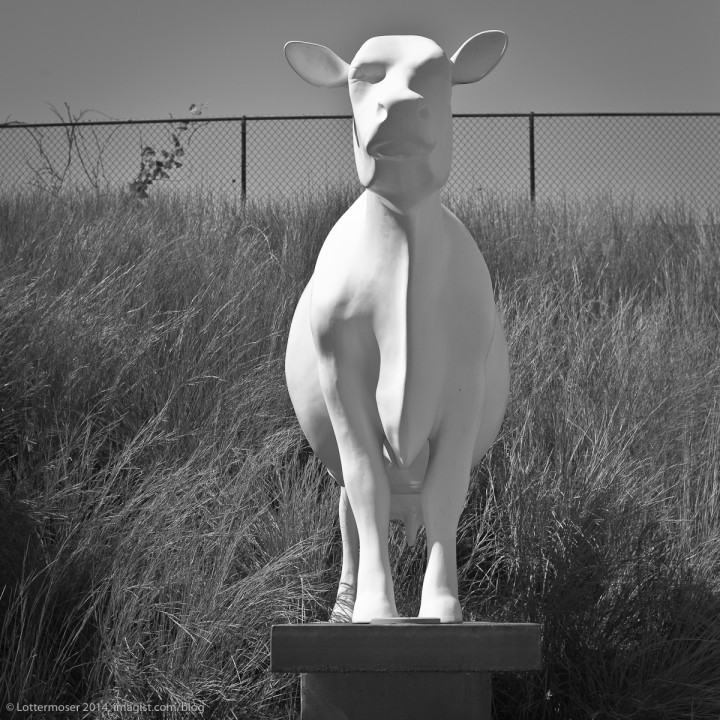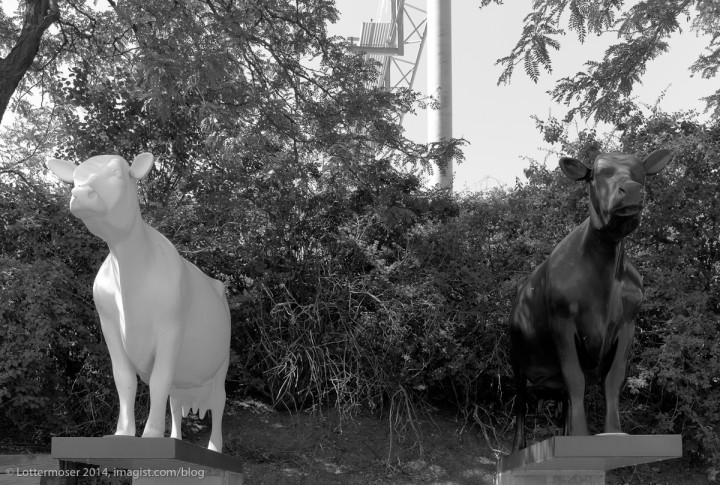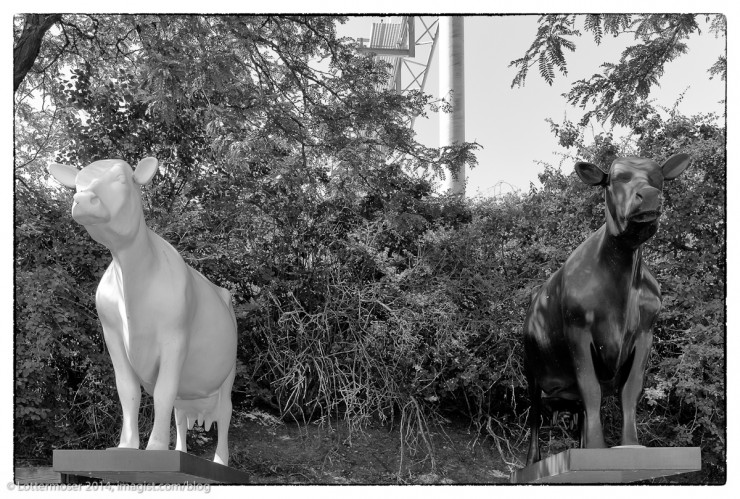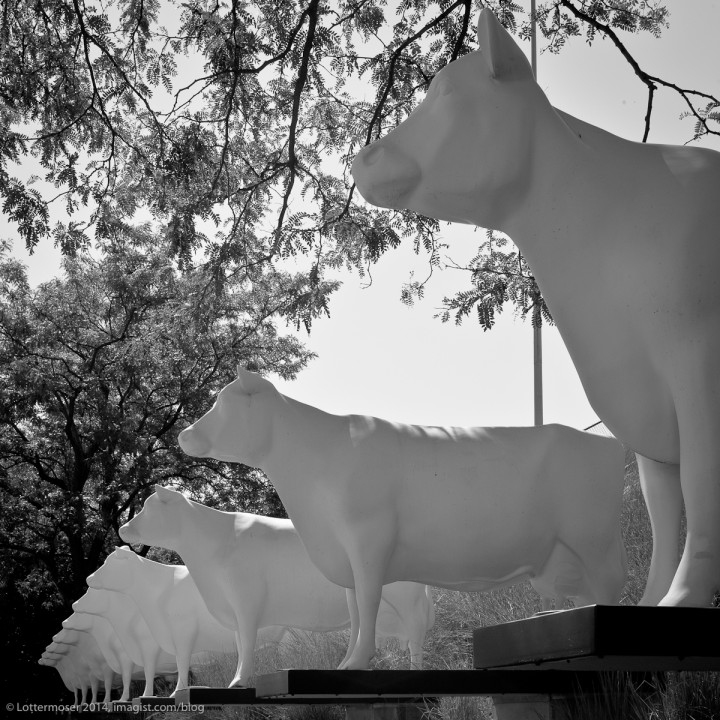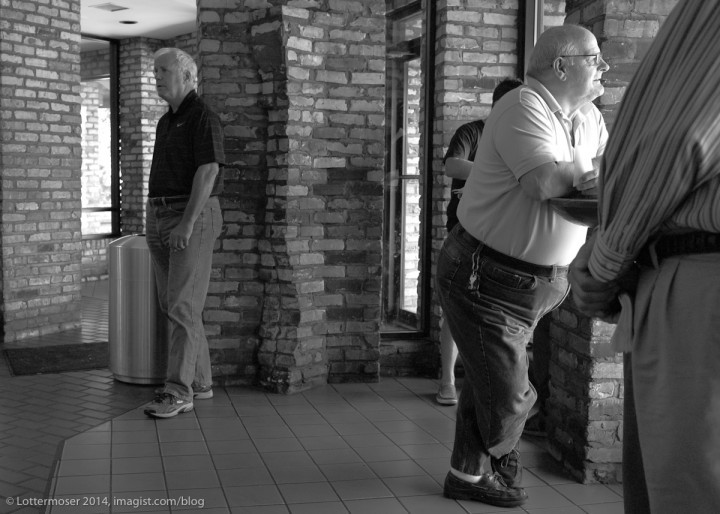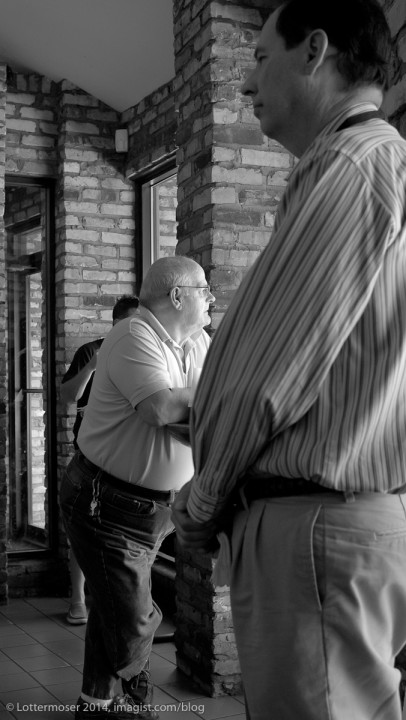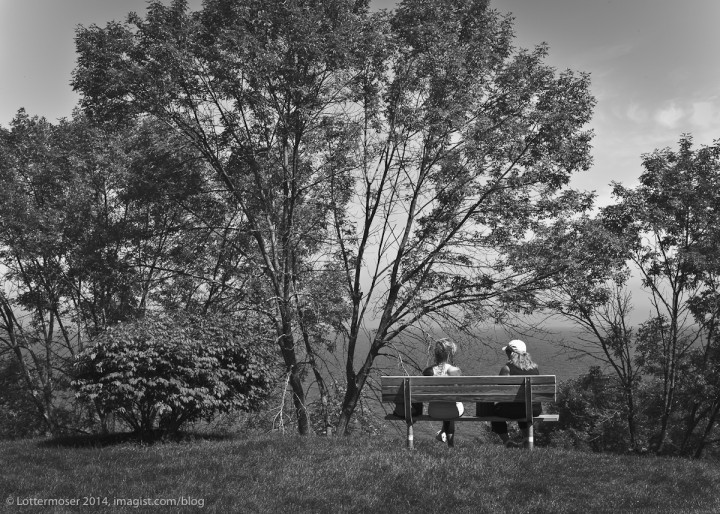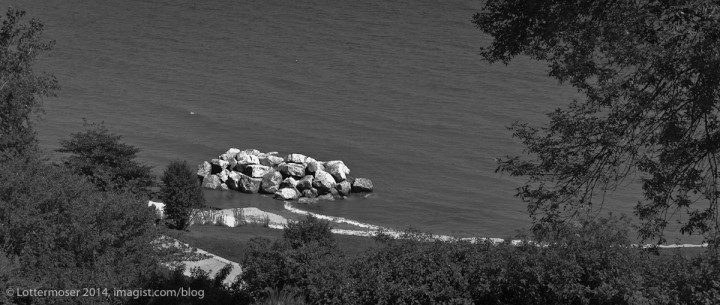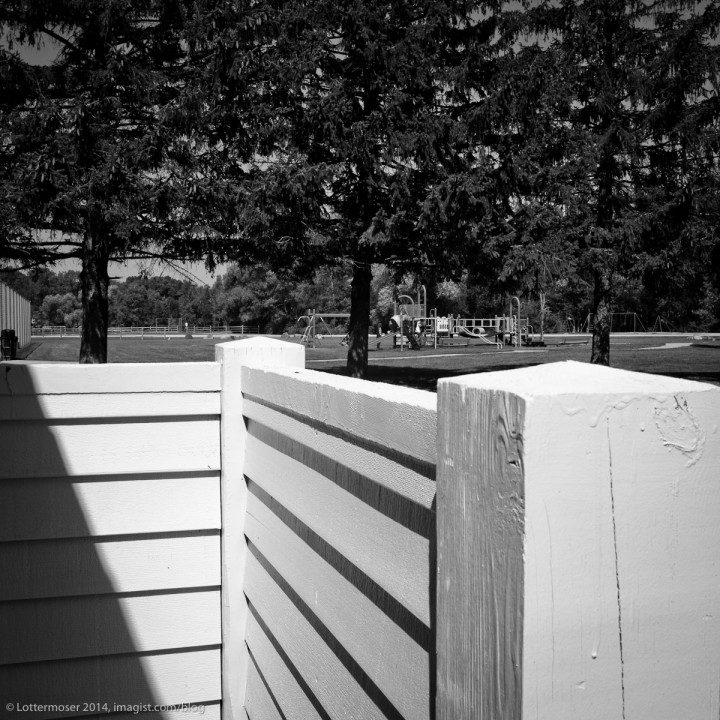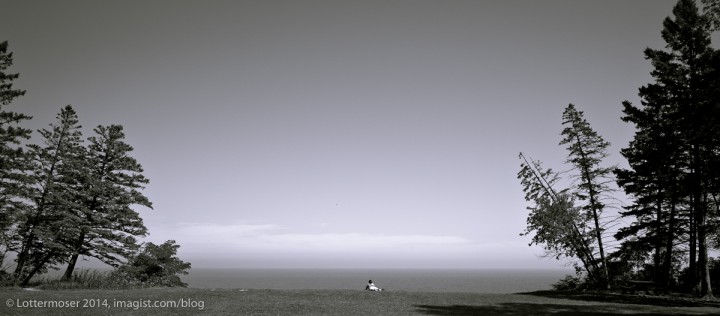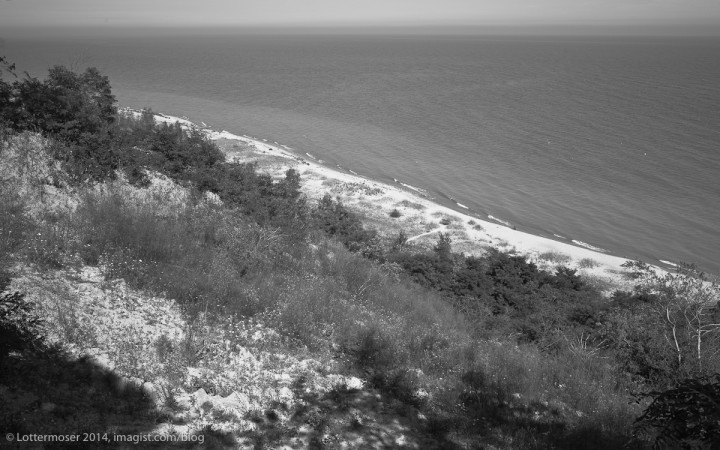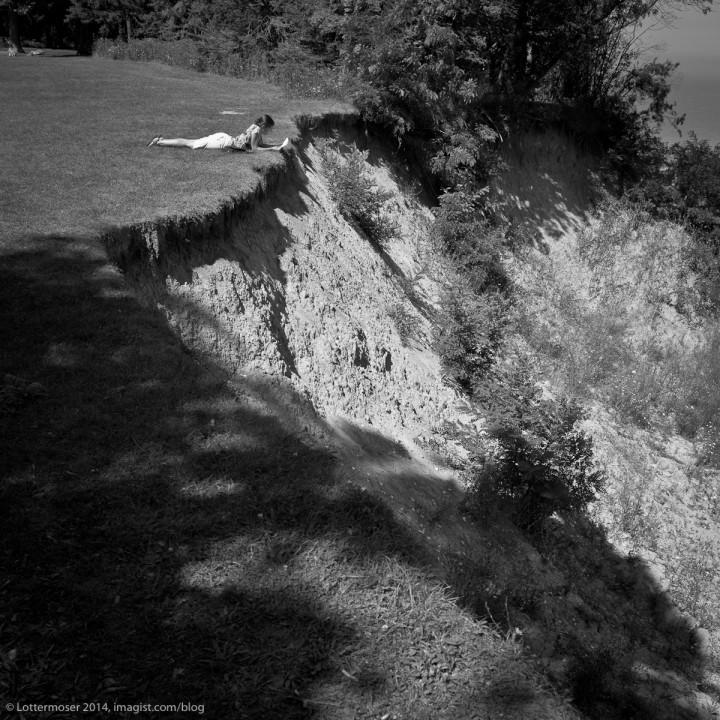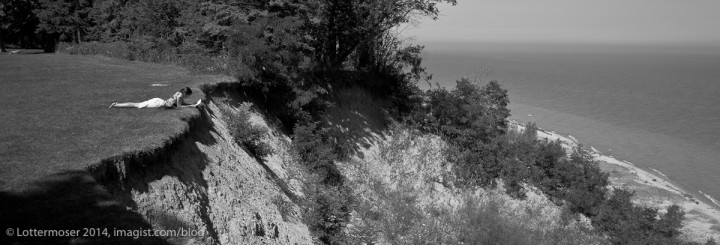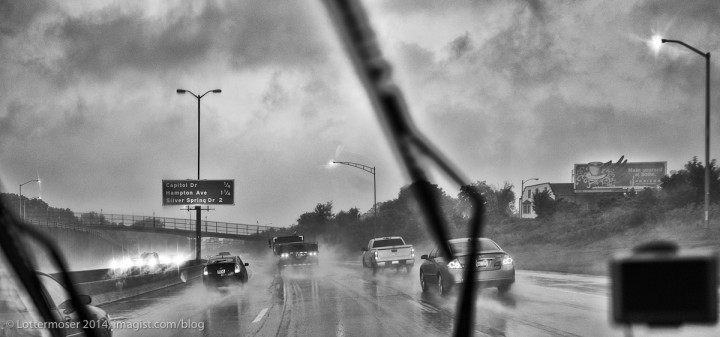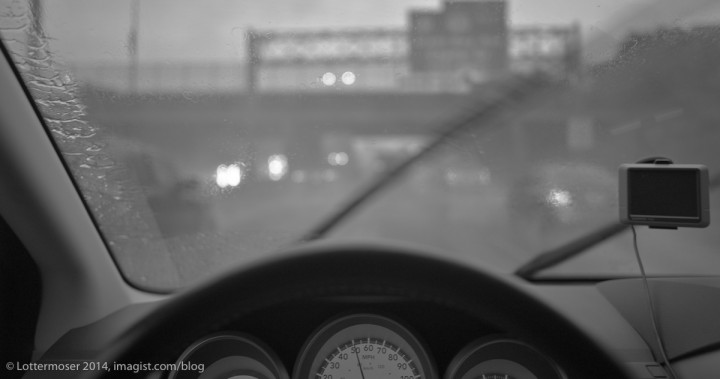A love that drove me to explore medium and large format photography, since I was fourteen years old, including 4×5, 5×7, 8×10 and even, briefly, 11×14 and 12×20 films; drove me to hundreds of hours of Zone system testing; drove me to mixing all kinds of potions finally settling on Pyro negative staining developers; drove me to mixing Beers paper developers; and the list goes on and on.
This love of black and white also drove me to spend a decade as a newspaper photographer from mid 60s through mid 70s. Half my adult life was spent in darkrooms; the Broadway Studio darkrooms; the Wisconsin Lutheran High School Darkroom; parent’s basement darkrooms; Milwaukee Courier darkroom; Milwaukee Star darkroom; every house I’ve lived in has had a darkroom with laboratory glassware, balances, stainless steel trays and reels, and tanks and film holders, enlargers, easels, focusing devices, drying racks, timers, and the sound of filtered water running behind various musical forms depending what time period you may have popped in on me under those various “safe” lights.
Commercial work demanded I pay attention to critical color; the use of color temperature meters and full sets of color compensating filters, as well as my “fine” black and white print pursuits.
When Digital Cameras swept across the professional photography world it meant you could have it both ways… RGB color and B&W conversions, with a few clicks, from one digital file… sort of… though in reality the magical, fine, black and white silver print; or platinum palladium print “look” remained rather elusive in our digital age. Many different processes were tried to get “the fine black and white print look.” Some people actually shot digital and then made film negatives to contact print; a few with admirable results. Though this never made sense to me. It always seemed to me: if you’re going to make prints from film. Shoot film. If you’re going to make digital prints. Shoot digital. Why “scan film” to get to a digital file. Seems obvious to me. Those who do shoot and scan film say it’s for the “film look.” So – hey – follow your bliss wherever it may lead you.
A few years ago (May 10, 2012) Leica released a Black and White Only digital range finder camera which they labeled the M Monochrom. From the start I, and others, thought it produced images with a unique look; a look and tonality difficult to achieve from RGB color digital files. I lusted after what this camera may offer and/or provide to feed my “love” of Black and White Art (which actually includes graphite and charcoal drawings, etchings, engravings, wood cuts, sumi paintings, calligraphy from every culture, etc.). Nostalgia? Illusion? Some claimed they couldn’t see anything special in Leica M Monochrom images on a computer screen. Though almost always I thought I could and did see this camera’s special signature.
I finally got my hands on an M Monochrom to see what I might coax out of it. Or perhaps discover I simply deluded myself into imagining that this little black box — which literally fits in the palm of your hand — seemed to deliver something “special” – something akin to medium format film quality — or even 4×5 Tri-x in Pyro kind of edge quality. You tell me. Here’s the first try:
(click photograph for larger view)
These bovines reside at Kopps on Port Washington Road in Glendale, WI.
Kopps is one of the finest “custard stands” in Wisconsin. 35 mm Summilux Asph.
While waiting for my rather decadent Hot Fudge, Caramel Malted Milk
(first malted milk since the heart attack two and half years ago) 35 mm Summilux Asph
A conversation in Klode Park, Whitefish Bay, WI on the Great Lake Michigan. 65 mm Elmar on Visoflex.
Virmond Park, Mequon, WI on the Great Lake Michigan. 28 mm Summicron Asph
Woman at the edge. With a bit of toning. 28 mm Summicron Asph
Reading at the edge.
Driving home after taking Teri to the airport this early morning.
So wha
t do I think and feel after shooting and post processing these M Monochrom images? Do I see a difference between these digital files and a black and white conversion from an RGB M (240) file? Do you?
I find most interesting the thinking and feelings associated with “knowing” you have only black and white in a camera. There’s a very different way of seeing which I’ve sorely missed; and welcome back. I spent most of my photographic life carrying two Leica bodies or a Leica and Nikon F – one with black and white film in it (always the Leica) and one with color film in it (always the Nikon). I instinctively saw B&W through the Leica range finder window; and color on the Nikon (and later Leica R3 and R8) ground glass. That’s just the way it was. For decades. During those same decades the Hasselblad with its removable backs – had a B&W back and a Color back in the case, along with a Polaroid back for testing. And of course the View Cameras had their cases of film holders, with color neg film, color transparency film, B&W neg film, and Polaroid film for testing.
I do see a difference in tonal possibilities, especially in highlight separation and shadow separation. I’m not sure I’ve exploited those possibilities yet. There is, of course, a learning curve; which seems, oddly, more like the darkroom than the lightroom.
So yes. This feels quite wonderfully nostalgic; and quite as it should be; KNOWING you’re PRE-VISUALIZING and MAKING a black and white photograph; with the camera you’ve intentionally chosen for that purpose; or conversely to KNOW you’re MAKING a color photograph; not leaving the decision to post processing; but rather picking up the proper camera for the intended purpose; commited; then taking the image back to massage and finish what you’ve pre-visualized at the time you pressed the shutter.
This feels like a wonderful RETURN… we’ll see if these thoughts and feelings have any staying power.
